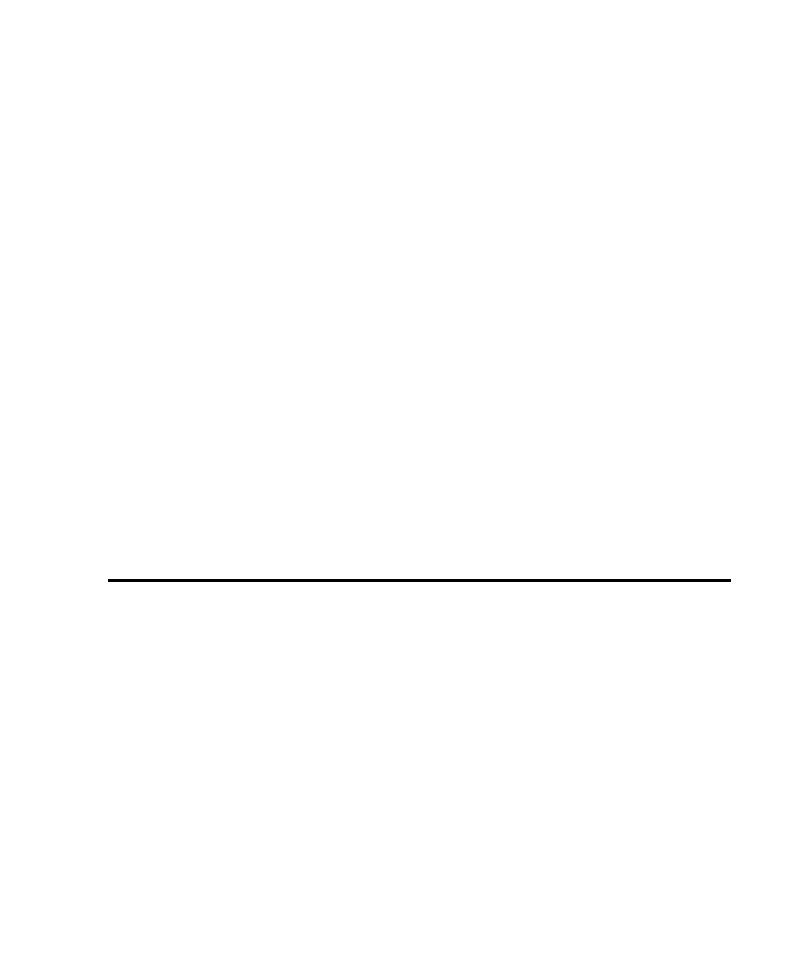
Ch. 3 Instrumenting the AUT
AUT so that you can obtain code coverage information for your scripts when you
start testing. This chapter describes what is required to instrument the AUT, how to
instrument the AUT, and how to use the stand-alone instrumentor to instrument
the source files of a Visual Basic application before build time. This chapter includes
the following topics:
then you first need to instrument the AUT. TestFactory uses information in the
instrumented files to calculate code coverage values for the best scripts that your
Pilots generate, as well as for the Robot scripts that you run from TestFactory.
script. The code coverage value represents the percentage of all AUT source code
that the script exercises. The UI coverage value represents the percentage of unique
UI objects that the script touches. Without instrumentation, TestFactory can use
only UI coverage as a metric to generate a best script. Because instrumentation
significantly improves testing results, we highly recommend that you instrument the
AUT before you map it.